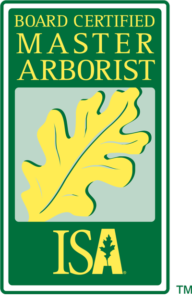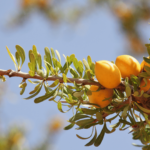The Beauty of Bark: Tree Identification Through Their Unique Coverings
Bark is more than just a tree’s outer layer; it’s a key to its identity. This protective covering varies widely among species, offering clues to those who know how to read them. Our latest exploration dives into the beauty of bark and how its unique textures, colors, and patterns can aid in tree identification.
Bark Textures:
- Smooth: Young trees and certain species like the American beech have smooth, unbroken bark.
- Furrowed: The deep grooves of oak or pine bark create a rugged texture.
- Peeling: Birch trees are known for their distinctive, papery bark that peels away in layers.
Color Variations:
- White: The ghostly white bark of the paper birch stands out in forests.
- Reddish-Brown: The red bark of the sequoia is not only beautiful but also fire-resistant.
- Dark Gray to Black: The sugar maple exhibits a dark bark that contrasts with its bright fall foliage.
Patterns and Markings:
- Horizontal Lenticels: The cherry tree bark features horizontal stripes known as lenticels.
- Diamond-Shaped Ridges: The sweetgum tree displays a unique, diamond-shaped pattern on its bark.
- Spots or Patches: Sycamores have a mottled appearance, with patches of white, tan, and green.
Identifying Trees by Bark: Recognizing a tree by its bark involves observing these features and understanding their variations across different tree species. This skill can be particularly useful in winter when leaves are scarce.
Conclusion: The bark of a tree tells a story of its growth and survival. By learning to identify trees by their bark, we gain a deeper appreciation for the diversity and beauty of our natural world.
Call to Action: Eager to learn more about trees and how to identify them? Action Tree Care offers expert guidance and tree care services to help you deepen your connection with nature.
Learn More About Tree Identification
Additional Resources: For a comprehensive guide to tree bark identification, visit Tree Bark ID, a resource dedicated to helping you recognize different tree species by their bark.


